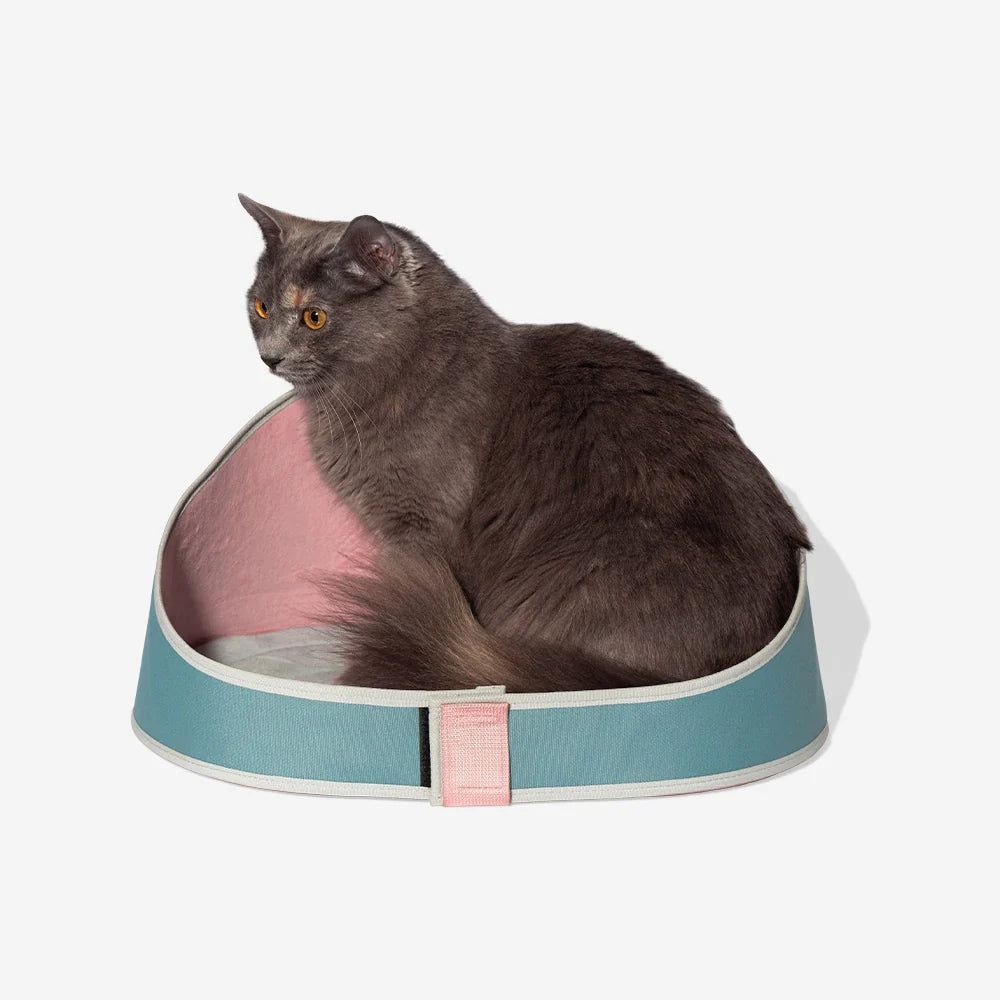As the leaves change colors and the weather cools, many pet owners may notice seasonal allergies affecting their dogs and cats. Fall allergies can be triggered by various environmental factors, such as pollen, mold, and dust, leading to discomfort for our furry friends. Understanding how to prepare and protect your pets from seasonal allergies is essential for keeping them healthy and happy. Here’s a comprehensive guide to preparing your dogs and cats for fall allergies.
1. Recognizing Allergy Symptoms
The first step in addressing seasonal allergies is recognizing the signs that your pet may be affected. Common symptoms to look for include:
- Excessive scratching, licking, or grooming, especially around the paws, ears, and belly.
- Red, inflamed, or irritated skin (also known as dermatitis).
- Sneezing, coughing, or nasal discharge.
- Watery or itchy eyes.
- Changes in behavior, such as increased restlessness or irritability.
2. Consult Your Veterinarian
If you notice any signs of allergies in your pets, it’s important to consult your veterinarian. They can help diagnose the cause of the allergies and recommend appropriate treatments.
Veterinarian Guidance:
- Your vet might suggest allergy testing to pinpoint specific allergens.
- They can prescribe antihistamines, corticosteroids, or medicated shampoos as needed.
- Discuss long-term management strategies, especially if your pet has chronic allergies.
3. Keep Pets Indoors During High Pollen Days
During peak allergy seasons, pollen levels can rise significantly. Limiting outdoor time can help reduce exposure to allergens.
Timing Tips:
- Try to keep your pets indoors during high pollen counts, typically in the morning and early evening.
- Check local pollen forecasts to help determine the best times to take your pets outside.
- If outdoor walks are necessary, keep them short and stick to areas with less vegetation.
4. Regular Grooming
Grooming your pets regularly can help remove allergens that may cling to their fur, thus minimizing the effects of allergies.
Grooming Routine:
- Brush your pets at least once a week to help remove dead hair and dander.
- Consider using hypoallergenic shampoos or oatmeal-based products that can soothe irritated skin when bathing them.
- Wipe down your pets’ paws and coats with a damp cloth after outdoor exposure to remove pollen and other allergens.
5. Maintain a Clean Home Environment
Keeping your home clean can significantly reduce allergy triggers for both you and your pets.
Cleaning Tips:
- Vacuum frequently using a vacuum with a HEPA filter to capture allergens effectively.
- Wash your pet’s bedding and toys regularly to remove allergens and bacteria.
- Use air purifiers in common areas to filter out pollen and dust particles.
6. Keep an Eye on Diet
Nutrition plays a vital role in your pet's overall health. A balanced diet can help strengthen their immune system and reduce allergy symptoms.
Dietary Considerations:
- Opt for high-quality pet foods that provide essential nutrients and support skin health.
- Consider adding omega-3 fatty acids to their diet, which can help reduce inflammation. Consult your vet before introducing supplements.
- Monitor for any food allergies that could exacerbate seasonal allergies and discuss dietary changes with your vet.
7. Create a Comforting Environment
Help your pets feel more at ease during allergy season by creating a comfortable home environment.
Comfort Tips:
- Provide cozy resting areas away from windows and doors to reduce allergens from entering your home.
- Use non-toxic, hypoallergenic cleaning products to minimize irritation to their sensitive systems.
- Consider using calming products, such as pheromone diffusers, to help alleviate anxiety related to allergies.
Seasonal allergies can significantly affect your dogs and cats during the fall, but proper preparation can help ease their discomfort. By recognizing symptoms, consulting your veterinarian, and implementing preventative measures, you can help your pets navigate through the allergy season








